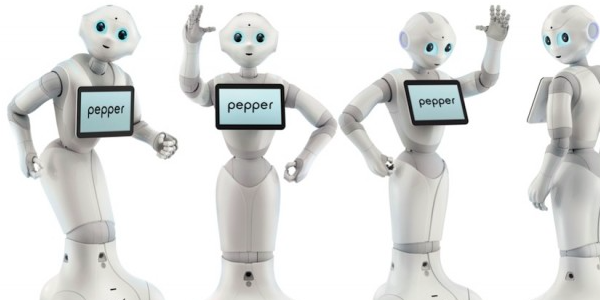If Canadian retailers and brands want a glimpse of what the future of brick and mortar may look like, Doug Stephens suggests they take a trip to Palo Alto, where they’ll find a store called B8ta.
A simple, almost spartan-looking space, B8ta does not hold actual merchandise inventory on site but has a variety of Internet of Things-related devices on display which consumers can touch and hold. As they play with the devices, real-time data about their interactions is fed back to the vendors who make the products. You can place orders and purchase on consignment, and the brands range from Samsung to small start-ups. The tagline for B8ta is, “products, not packaging.”
For Stephens, founder and president of Toronto-based consultancy Retail Prophet, this experience-oriented approach is the only thing that will save retailers (and the brands who want to sell through them) from the disruption that ecommerce has brought to their sector. In a keynote presentation at the Dx3 Canada conference on Thursday, he suggested that while the dire predictions of physical stores’ demise may be overblown, they definitely need to understand their new purpose.
“I don’t think it’s binary — that as ecommerce grows, brick and mortar dies,” he said. “What’s happening is that the responsibility of the store is being taken over by media. Media is becoming the new store.”
For example, the old role of media was to tell a brand story, create product interest and drive distribution, Stephens said. The old role of a store, on the other hand, was to merchandise product, provide service and facilitate transactions. Now it’s possible to buy products off an online magazine’s product page, off a streaming music service, a social network or many other media channels.
“The opportunity (for retailers) is to turn stores into media — the most powerful media channel that a brand has at its disposal,” Stephens said. “That’s an intellectual jump as business people, as agencies and technology providers.”
As “media,” Stephens explained, stores should be designed to tell a brand’s story and offer as many meaningful and compelling ways to experience that story. He pointed to Lowe’s “Holoroom,” where consumers can use a tablet and other technology to create a visualization of what their future bathroom might look like, rather than merely browsing through parts and equipment.
The future of the store clerk
Though this shift may mean some clerks or associates will lose their jobs, automation and robotics don’t mean in-store selling isn’t important. On the Dx3 Canada trade show floor, example, is Pepper, a robot designed by Paris-based Aldebaran. According to the firm’s vice-president of marketing and business Steve Carlin, Pepper is a complement, not a threat, to retail jobs.
“What you’re thinking about is how do you replace repetitive, low-level tasks?” he said, adding that Pepper often starts out by becoming an extension of a store’s communications, like static signs or even a store greeter. This means clerks and associates can have more meaningful interactions with consumers. “Staff are one of the most important spends that retailers have.”
The same is true of artificial intelligence (AI) and other software, suggested Brian Mitchinson, CMO of Fluid. His firm provided the AI technology based on IBM’s Watson analytics application to help brands like The North Face provide a better recommendation engine for consumers.
“What are the things they think about when they’re buying from the North Face? It’s the colour, the material, who it’s for. You need to think through those attributes,” he said. “What are the real issues with that product, how do they buy it?”
These tools just go to show that brick and mortar remains an important channel, said Stephens, pointing out how everyone from Warby Parker and even Amazon have started opening physical locations.
“They recognize you cannot fully actualize as a brand unless you can build that eye-to-eye and maybe emotional bond with a consumer,” he said.
Dx3 Canada 2016 wraps up on Thursday.











